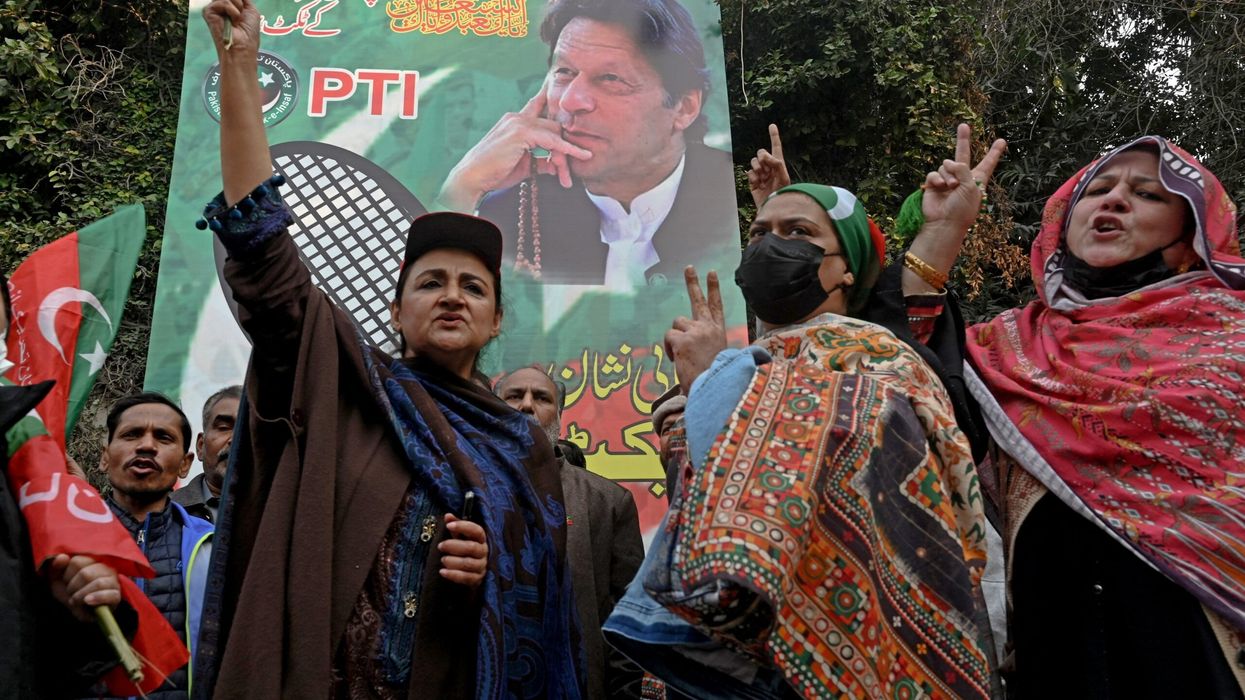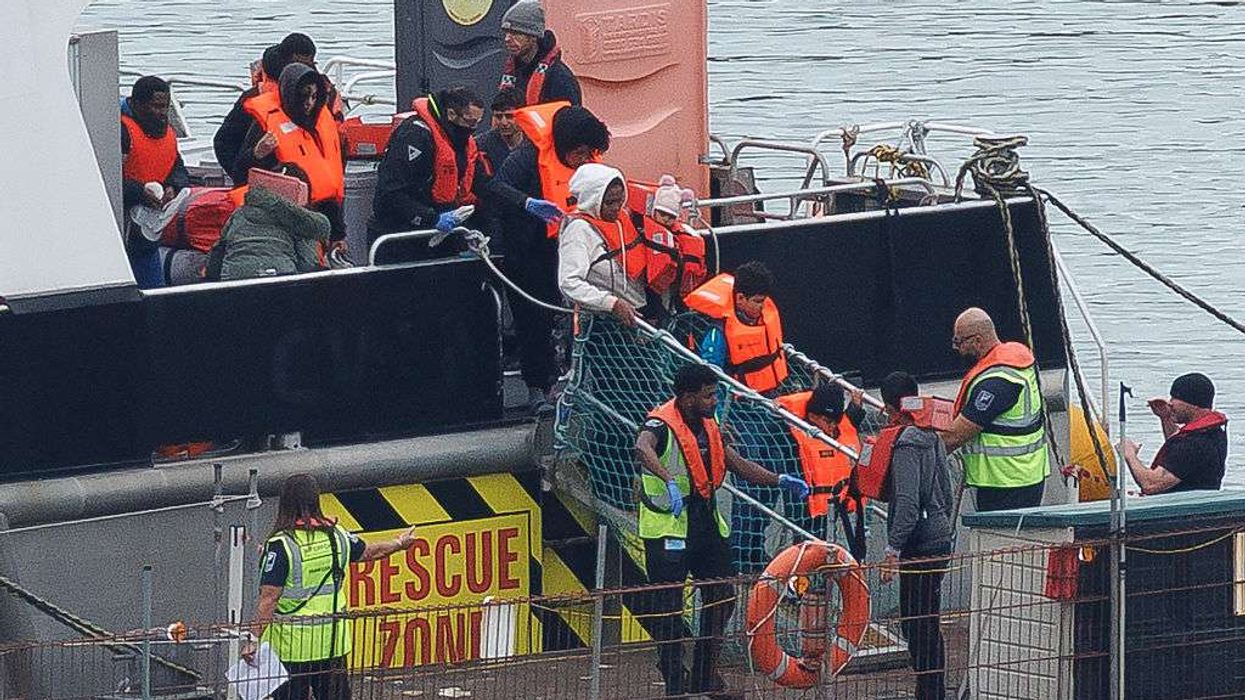The Pakistan Tehreek-e-Insaf party, which is under the leadership of former Prime Minister Imran Khan has allocated 53 seats to women, the highest number of tickets given to female candidates by any major political party in Pakistan for the elections set to take place on February 8, the media reported on Friday (2).
The beleaguered party, which was stripped of its electoral symbol, a cricket bat, by the Supreme Court of Pakistan in January, has allotted tickets to 53 women candidates, of whom 28 are contesting the elections for the National Assembly constituencies, while 25 are for provincial seats.
As a result of the Supreme Court ruling, the party's candidates will be contesting the election as independents with different election symbols.
Istehkam-e-Pakistan Party, which will be contesting its debut elections, has awarded tickets to seven women, which is 7.2 per cent of its total candidates, Geo News reported.
Meanwhile, Muttahida Qaumi Movement Pakistan has allotted tickets to 13 women, which is 6.7 per cent of its total candidates.
However, other major political parties have fallen short of giving even five per cent of tickets to women.
For the February 8 election, the Pakistan Peoples Party (PPP) has given tickets to 35 women, 11 on National Assembly seats and 24 on provincial seats, which is just 4.5 per cent of its total 779 candidates.
Former prime minister Nawaz Sharif's party, the Pakistan Muslim League-Nawaz, has issued tickets to only 28 women, 12 for National Assembly and 15 for provincial seats, which is just 4.2 per cent of the 668 candidates fielded by the party.
Tehreek-e-Labbaik Pakistan, a far-right Islamic extremist political party, has allocated only 11 tickets to women, which is the least, making up only 1.5 per cent of its total candidates.
However, of the 11,165 independents in the fray, as many as 513 are women, with the majority of them, 203 women, contesting from Punjab Assembly seats.
Even though women make up around 49 per cent of Pakistan's population, as per the 2017 census, only 839 women out of 17,000 candidates are contesting the February 8 election, which is an abysmal 4.7 per cent.
The electoral laws in Pakistan make it mandatory for political parties to allot five per cent of their tickets to women.
(PTI)













